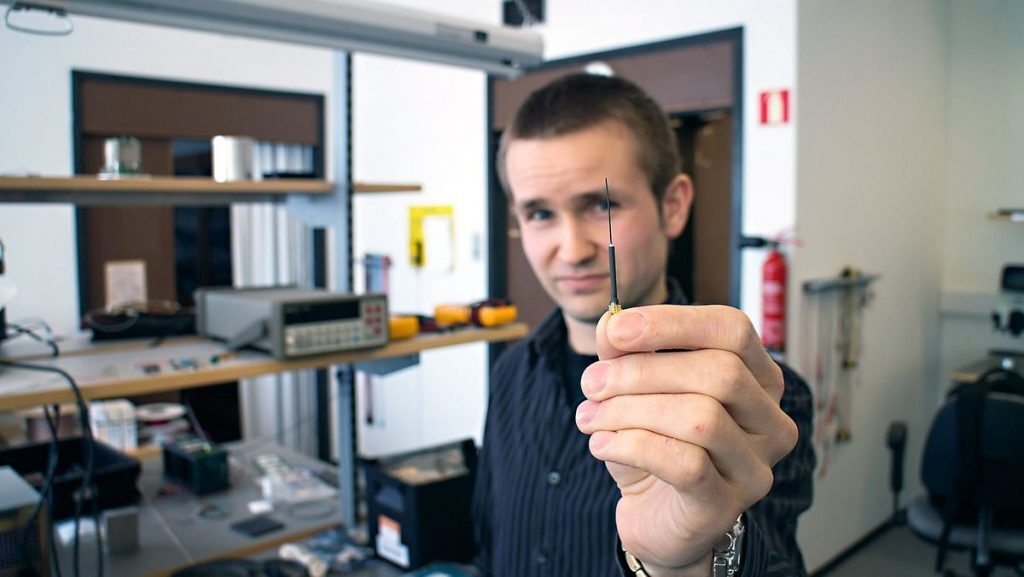Plasma Sensors for Space Exploration
Plasma sensors measure charged particles in space.
October 3, 2023

Over the course of several years, Eidsvoll Electronics AS (EIDEL) has created different iterations of plasma sensors known as multi-Needle Langmuir Probes (m-NLP), with funding from the Norwegian Space Agecy.
The plasma sensors measure the density of electrons, ions, and other charged particles, in Earth's atmosphere and space.
Initially designed for research rockets, EIDEL's plasma sensors were created to assess electron density in the upper atmosphere, where plasma generates phenomena like auroras and space weather, potentially impacting satellites and other orbiting technology.
A recently developed version of EIDEL's plasma sensor aims to assess electron density on the lunar surface up to a height of one meter. On the moon, sunlight releases electrons from the sharp and abrasive lunar dust that covers the surface, leading to its adhesion on both equipment and astronauts.
Another plasma sensor has been launched to the International Space Station, where it will be on the exterior and measure electron density in low Earth orbit.
The Norwegian satellite NorSat-1, responsible for tracking maritime traffic on behalf of Norway, include a plasma sensor from EIDEL.
The European-Japanese spacecraft BepiColombo, currently en route to Mercury for scientific investigations of the solar system's innermost planet, also incorporates a plasma sensor designed to measure electron density in space throughout its mission.